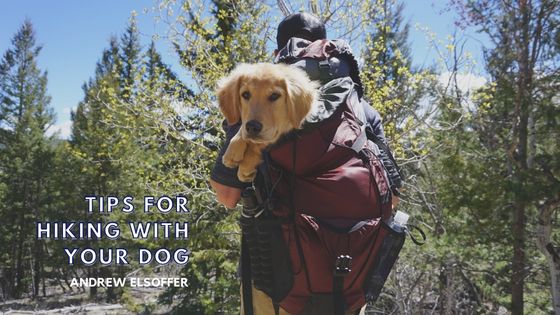Hiking is a fantastic exercise for you and your dog and an excellent chance to spend quality time with your pet while taking in the beauty of nature. However, it’s crucial to consider your pet’s health and safety. Like people, dogs become tired and susceptible to heat stroke, particularly on humid days. Pets risk injury from uneven terrain, steep hills, or wild animals. Before going on your next hiking expedition, ensure you’re prepared.
This includes ensuring your pet can come along. Your dog must be healthy enough for the trip before setting out, and the breed, weight, temperament, and size determine whether your dog would be an ideal hiking buddy. Not all dogs are suitable for trekking. Dogs who can’t manage vigorous exercise shouldn’t go hiking. Some dogs may find it challenging and unsafe to negotiate steep and uneven terrain.
When it comes time to pack, it’s natural to want to pack light, but remember you are not traveling alone. Having more than less regarding your dog’s hiking gear is better. Pack meals, snacks, clean water, portable bowls, leashes, first aid kit, insect repellant, reusable trash bags, dog booties, and outerwear. If you are considering sharing the load with your dog, train your dog well in advance. Ask your veterinarian whether your dog is physically fit enough to trek and carry a rucksack. Start with small weights while taking short walks before progressing to heavier loads. Healthy dogs should be able to carry up to 25% of their body weight.
Before starting a hike, you should always ensure that dogs are allowed. Most national and state parks do not accept dogs, so you should be aware. Check online or contact organizations to determine whether other trails are dog-friendly. If dogs are allowed, they should always be kept on a leash for their safety, even if it isn’t required by law. Keeping your dog close by your side can help you avoid accidents since there are wild animals, venomous snakes, and plants. Stay on the authorized pathways and show consideration for other hikers and canines. Keep an eye on your dog, and do not allow him to stray.
To give your dog water and sometimes goodies, be sure to stop periodically along the path. Bear in mind that dogs are susceptible to heatstroke on hot days. Dogs shouldn’t be fed before or after hiking since they might get ill. Pack lots of bottled water or carry a portable water filter if you trek in isolated locations without clean water. Keep your dog from wandering freely around water sources. Your dog might become sick from hazardous bugs or algae in the water from swimming or drinking.
Show respect for the environment and your fellow hikers by cleaning up after your dog on hiking paths. Use pet waste bags, dispose of them in trash cans, or dig a hole deep enough to securely bury pet waste at least 200 feet from paths, water sources, and camping areas. Some hiking routes provide biodegradable dog waste bags but try bringing your own.

